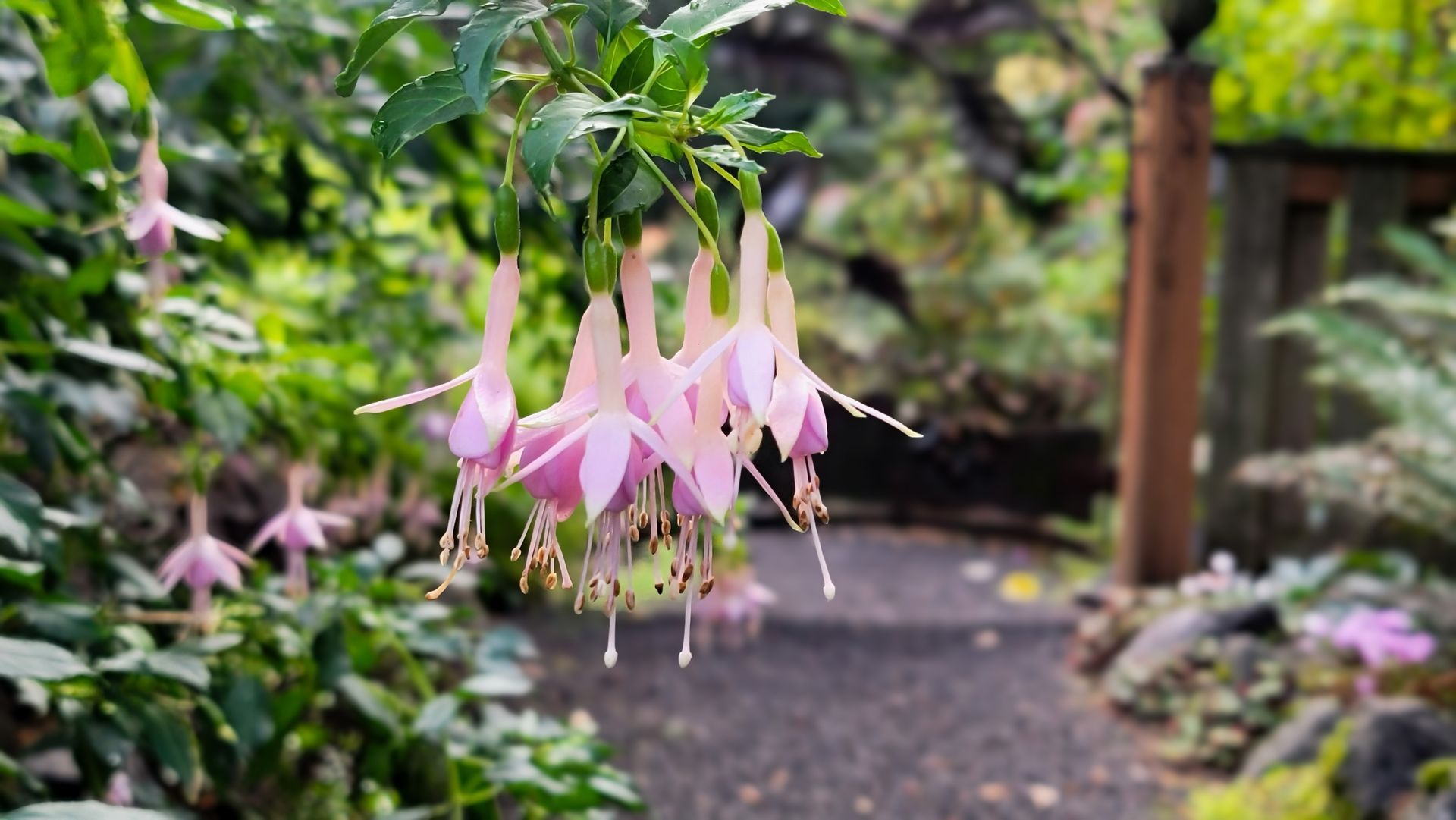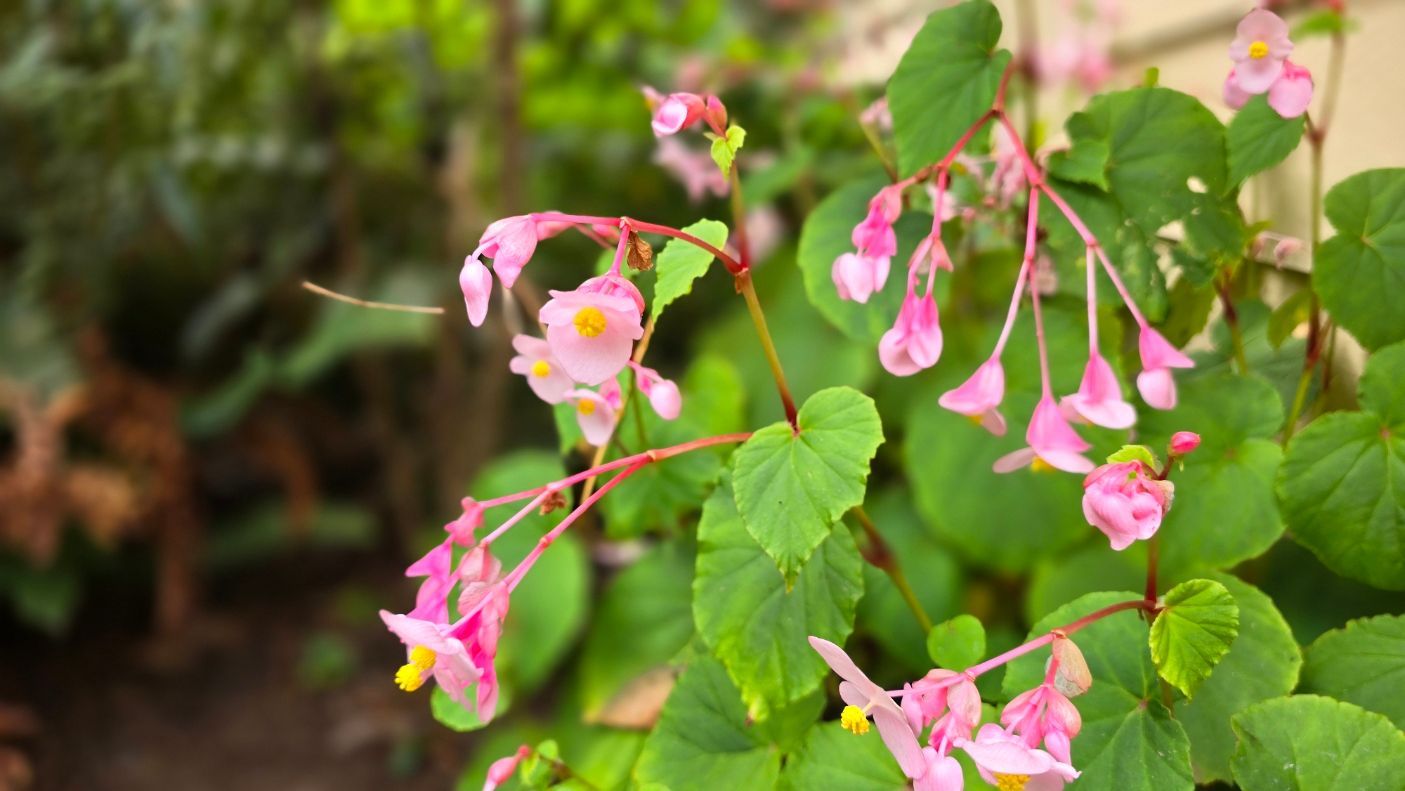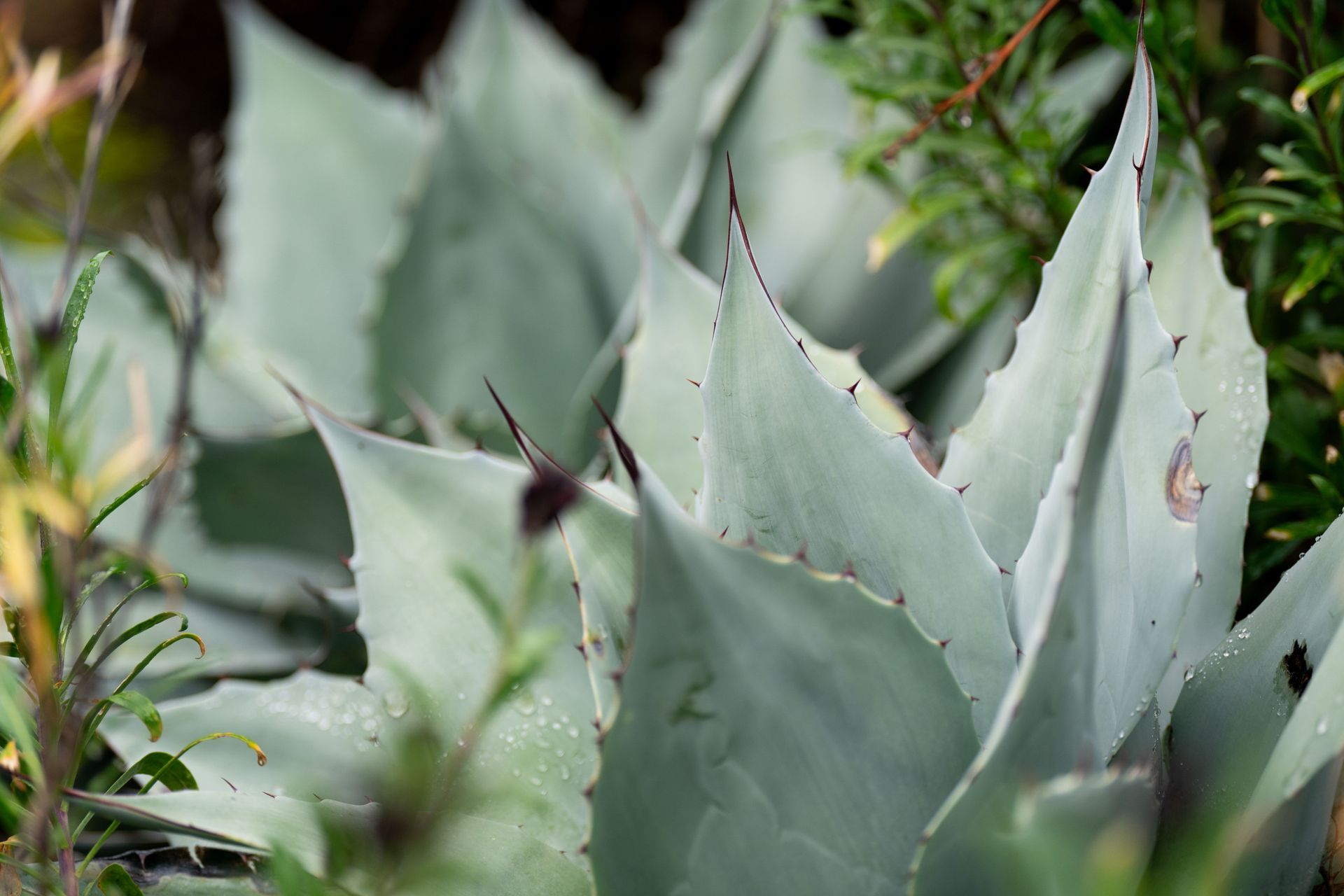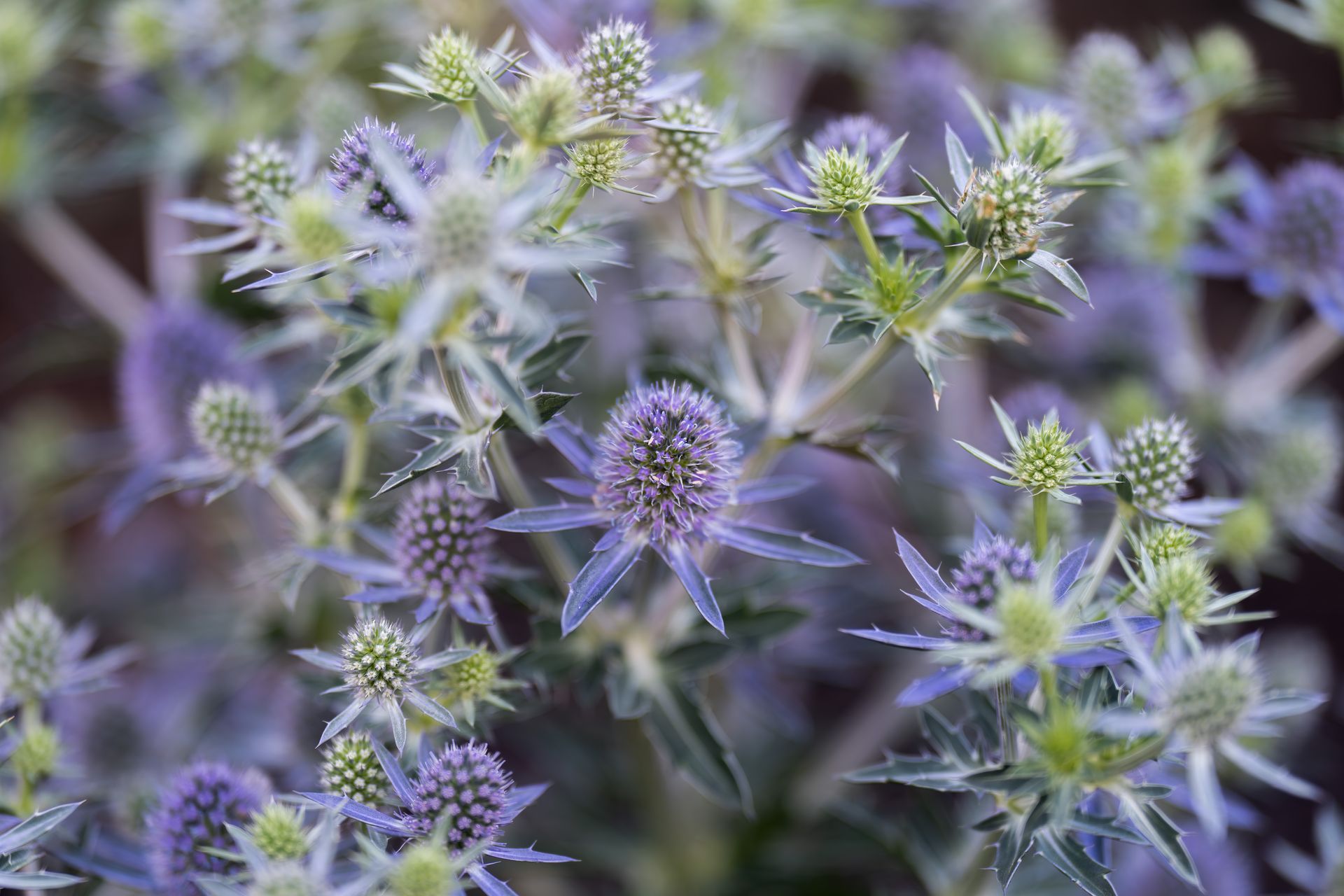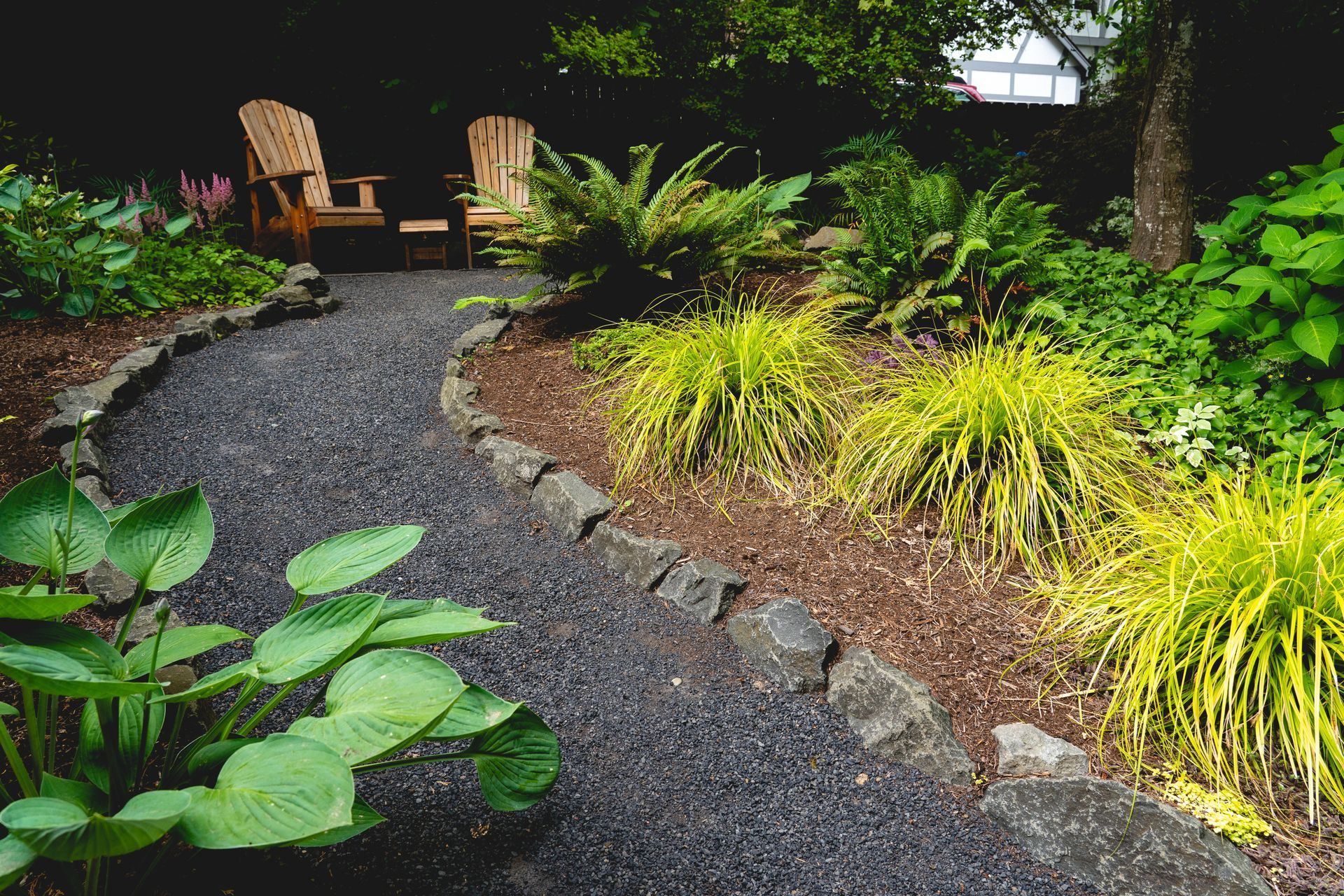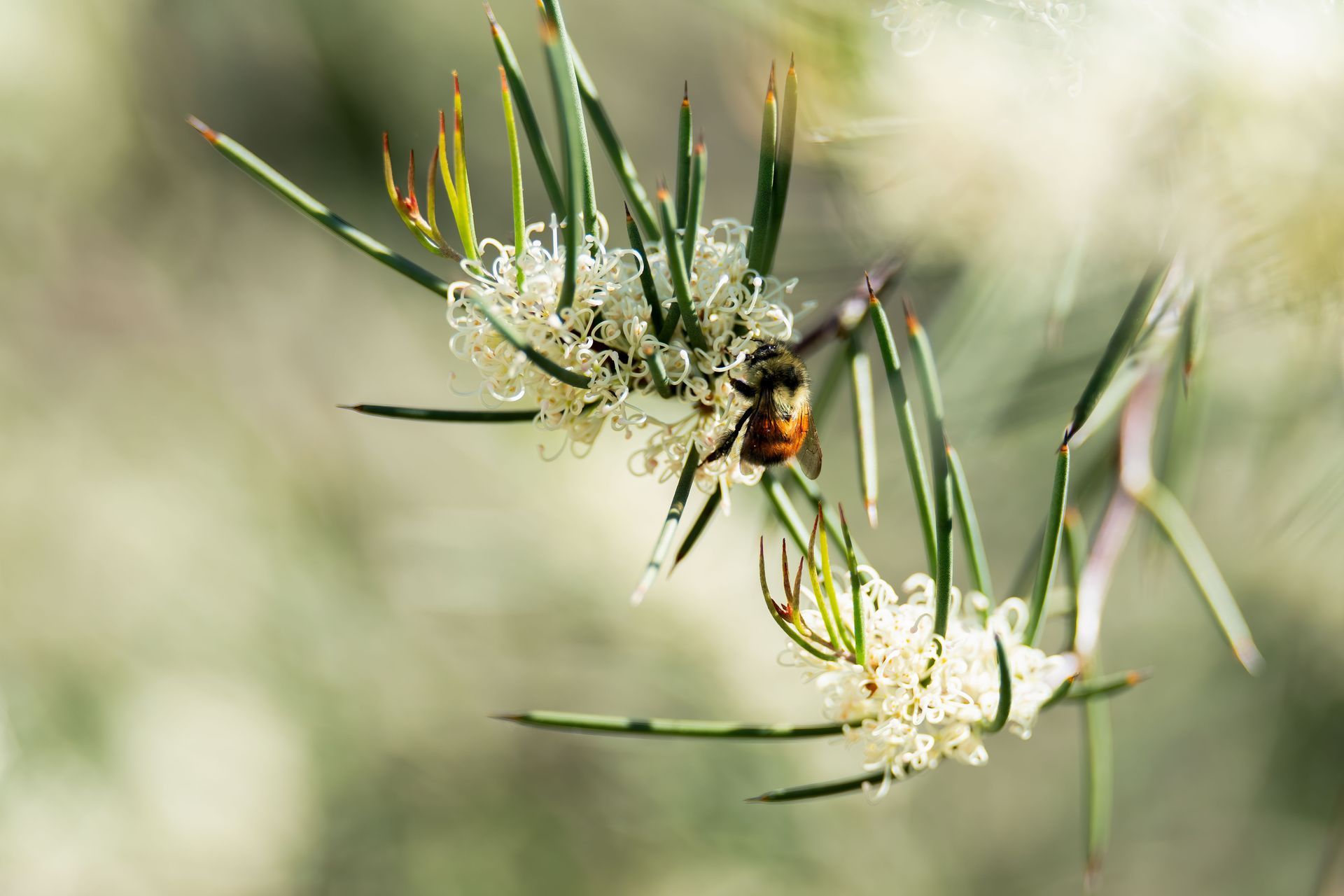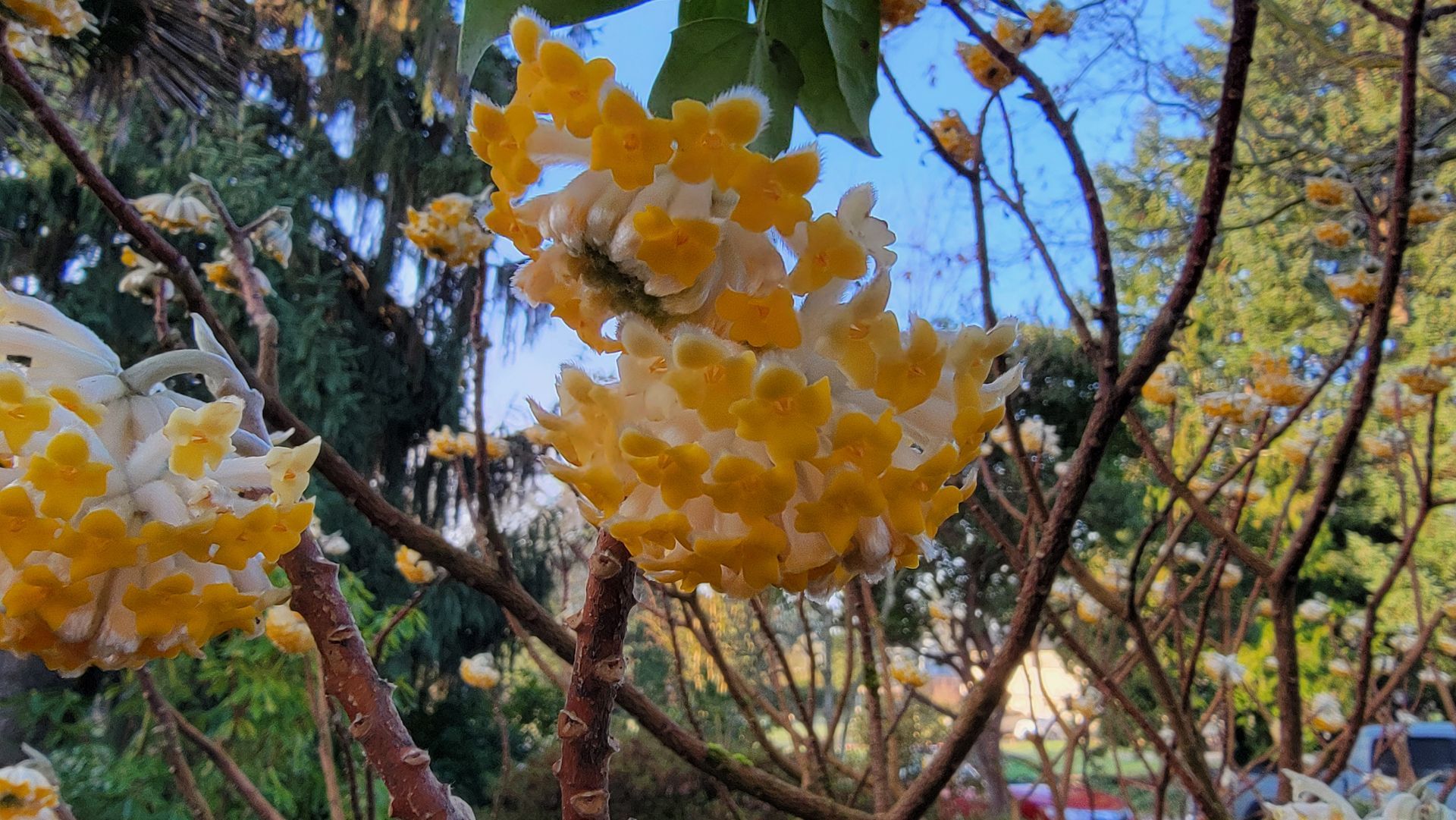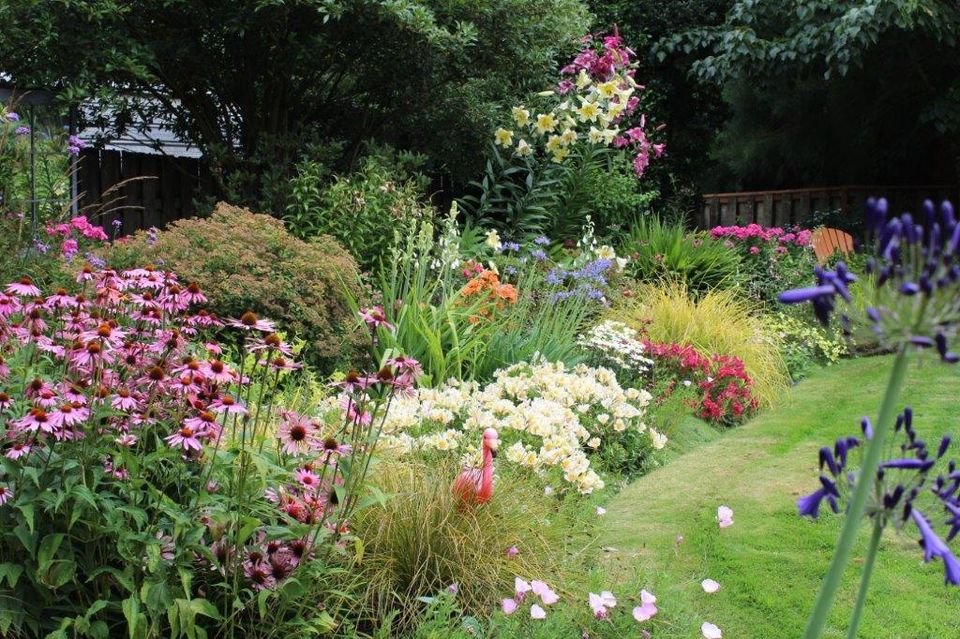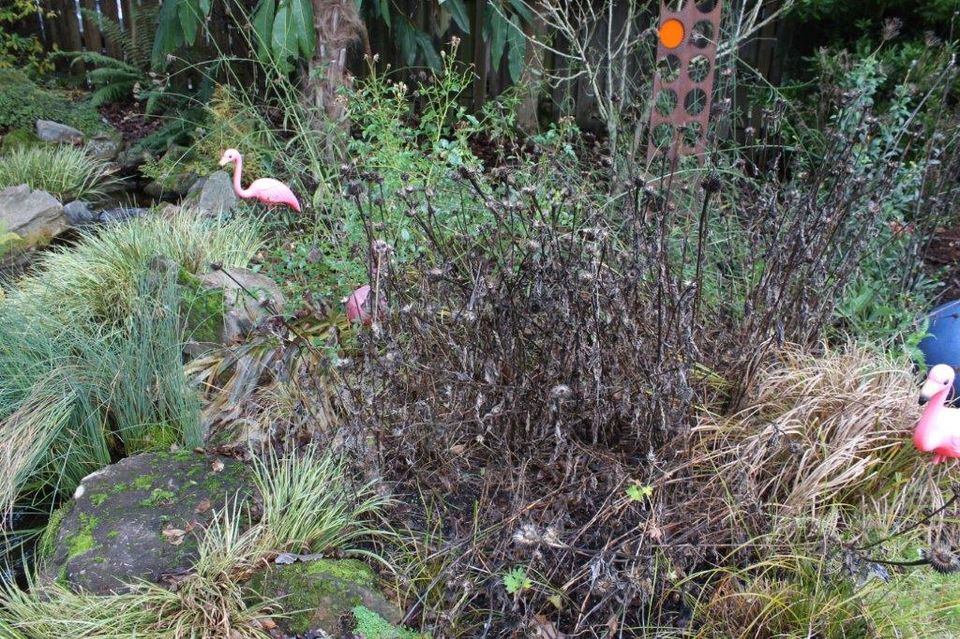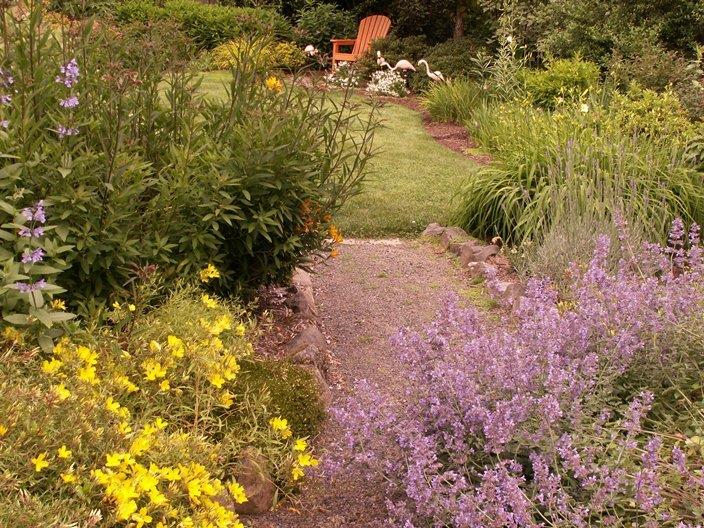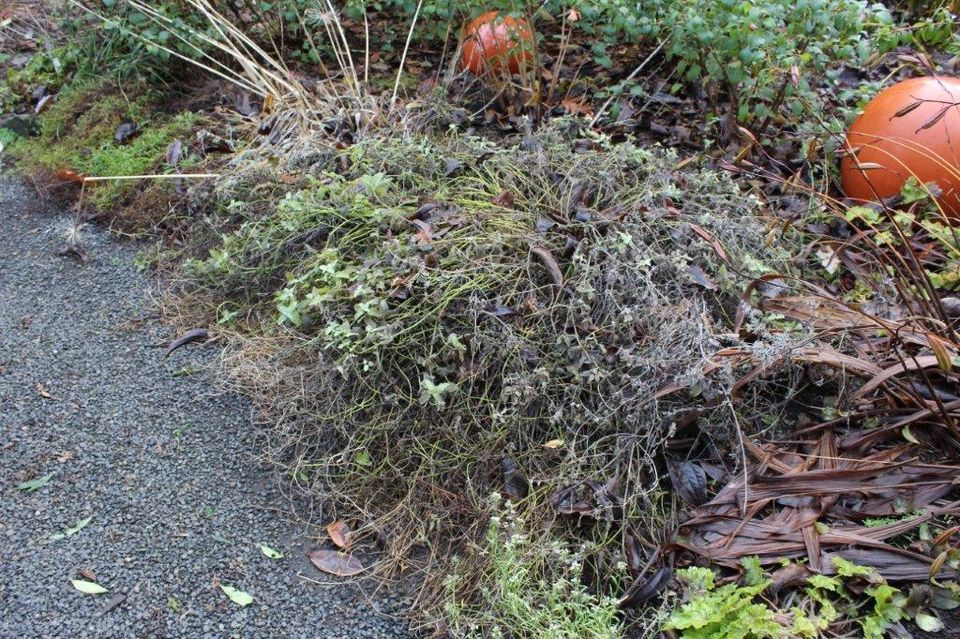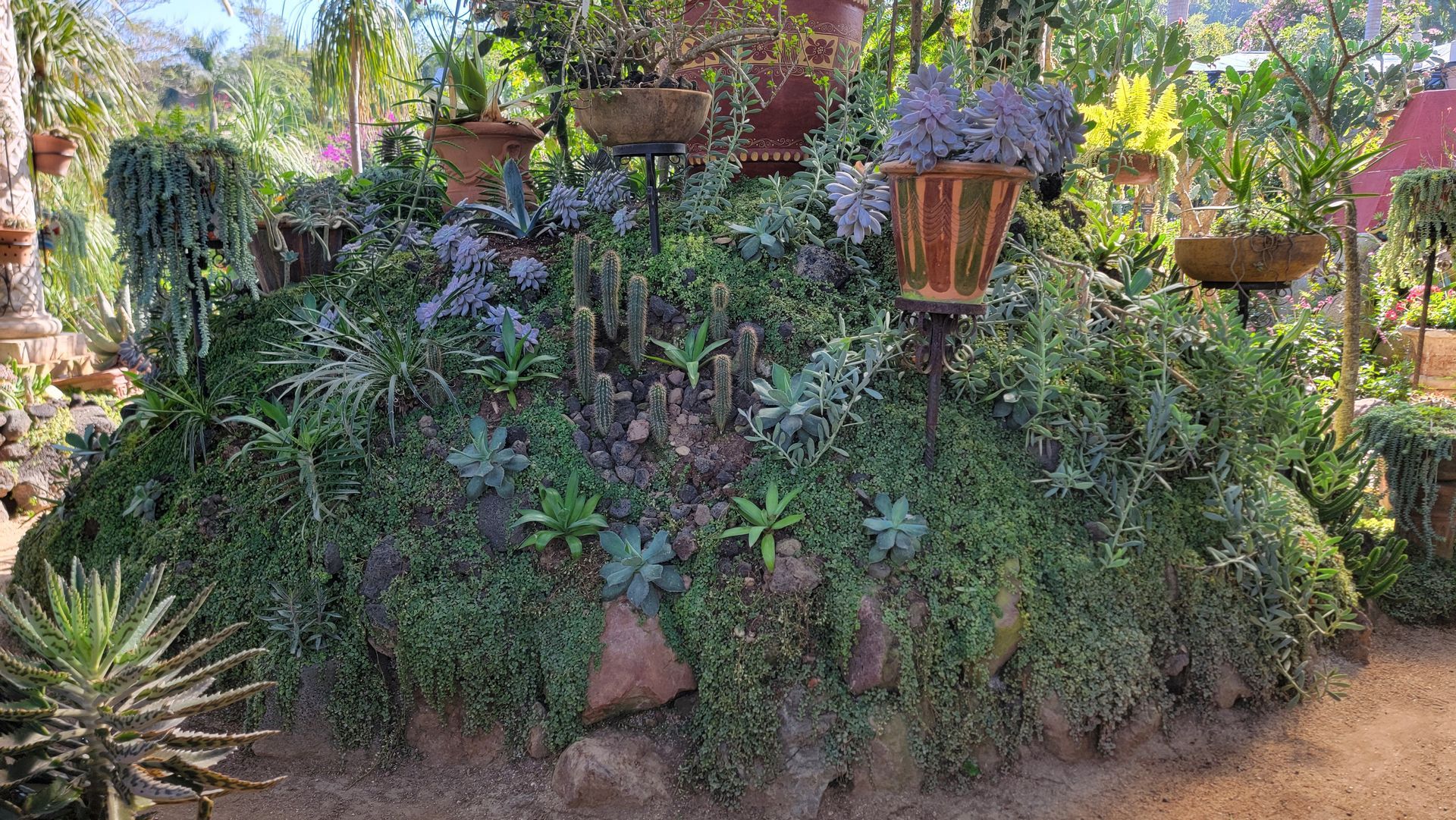Pruning Herbaceous Perennials
A herbaceous perennial is a plant which dies to the ground and then returns from the ground every year, usually in the spring, and is one that is not treated as a bulb—such as Daffodils. When it has finished its mission to produce flowers and seeds, this is usually in the fall, it decides that it is time to put its energy back into its roots. When it does this the top stems, flowers, seed pods, etc. all begin to shrivel, turn brown and look very tattered, shredded and ugly.
I want to use two wonderful herbaceous perennials as examples of plants that can be pruned in January through the month of February:
Echinacea: top photo is in summer and bottom photo is in January
Nepeta = top photo is in summer and bottom photo is in January
Both plants should be pruned down to about 2" stubs. I leave the stubs to remind me that there will be shoots coming up right there in March/April. I can also see where NOT to step on them or mistakenly pull the shoots up thinking that they are weed shoots. I have done both these actions accidentally in the past!
Echinacea: I leave the stems standing upright, with the spent flowers, until January. This is because the spent seed heads provide copious amounts of seeds for seed-eating birds such as Goldfinches and Pine siskins. By the time January arrives the seeds have all fallen out of the flower heads or have been eaten. The stems can easily be cut down and placed in your compost or debris bin. I, however, cut them down and chop them up into 1-3" pieces right in place as this is mimicking what happens in nature. The chopped-up stems become mulch for the roots and it all mixes with the existing bark mulch that I had placed the season before. By the time that May rolls around the mulch has been broken down by soil creatures and becomes compost for the ground.
Nepeta: I leave the stems in the tangle that they are until January. This is for several reasons. The number one reason is that I could have cut them back earlier, but the Holidays happened. I want to trim them when most of the other herbaceous perennials need to be trimmed so that I can take a section of the garden at a time on the weekends till it is all cleaned up. The second reason is because I want to make sure it is dormant and I have squeezed all the purple-blooming goodness out of the plants. As with the Echinacea, one can cut them off to within 2" of the ground and they can easily be placed in your compost or debris bin. Again, I cut them down and chop them up into 1-3" pieces for the same above reasons.

